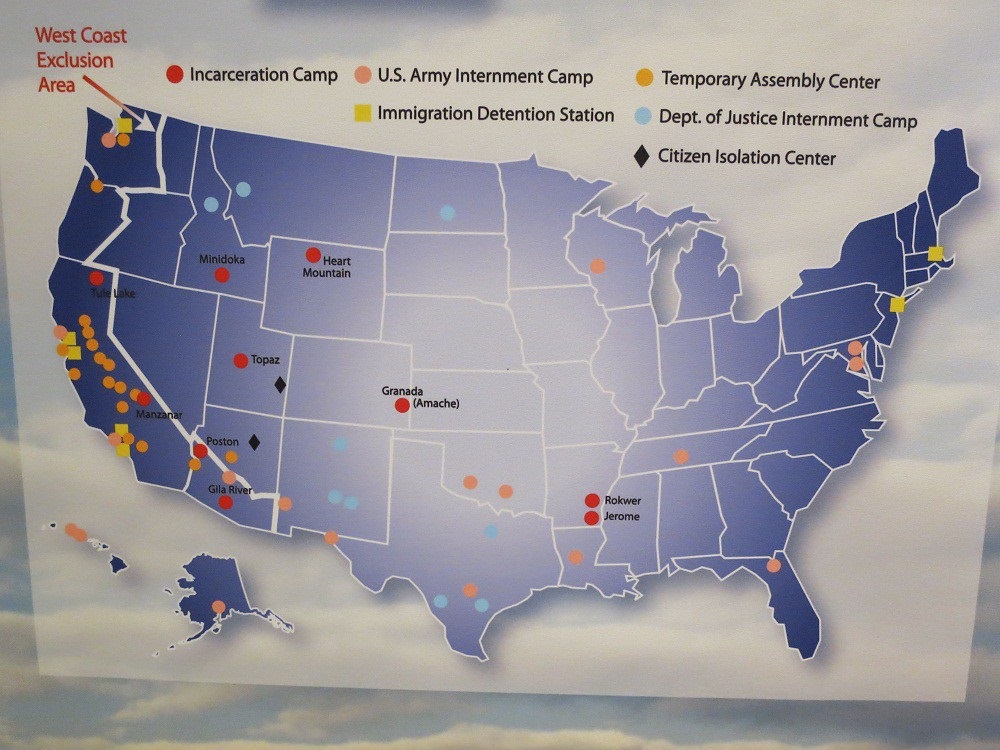| NAME | DESCRIPTION |
| Japanese Internment – Introduction | In the United States during World War II, about 120,000. People of Japanese ancestry, most of whom lived on the Pacific Coast, were forcibly relocated and incarcerated in concentration camps in the western interior of the country. Approximately two-thirds of the internees were United States citizens.[6] These actions were ordered by President Franklin D. Roosevelt shortly after Imperial Japan’s attack on Pearl Harbor. Of the 127,000 Japanese Americans who were living in the continental United States at the time of the Pearl Harbor attack, 112,000 resided on the West Coast. About 80,000 were Nisei (literal translation: ‘second generation’; American-born Japanese with U.S. citizenship) and Sansei (‘third generation’, the children of Nisei). The rest were Issei (‘first generation’) immigrants born in Japan who were ineligible for U.S. citizenship under U.S. law. Japanese Americans were placed into concentration camps based on local population concentrations and regional politics. More than 112,000 Japanese Americans living on the West Coast were forced into interior camps. However, in Hawaii (which was under martial law), where 150,000-plus Japanese Americans composed over one-third of the population, only 1,200 to 1,800 were also interned.[10] The internment is considered to have been a manifestation of racism – though it was implemented to mitigate a security risk which was believed that Japanese Americans posed, the scale of internment in proportion to the Japanese American population far surpassed similar measures taken against German and Italian Americans, who were mostly non-citizens. California defined anyone with 1/16th or more Japanese lineage as sufficient to be interned. Approximately 5,000 Japanese Americans relocated outside the exclusion zone before March 1942. while some 5,500 community leaders had been arrested immediately after the Pearl Harbor attack and thus were already in custody. |

JAPANESE INTERNMENT CAMP MAP SITES